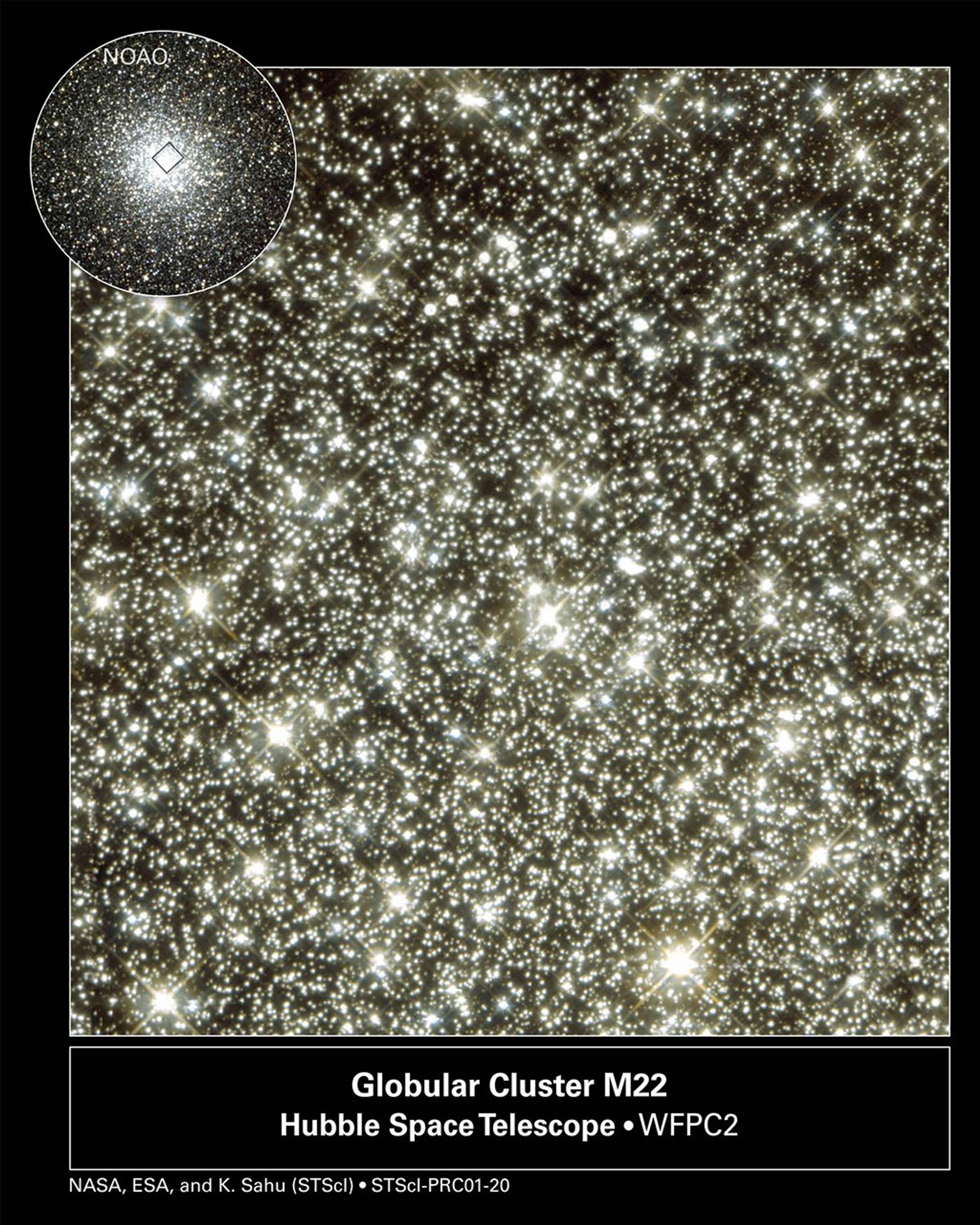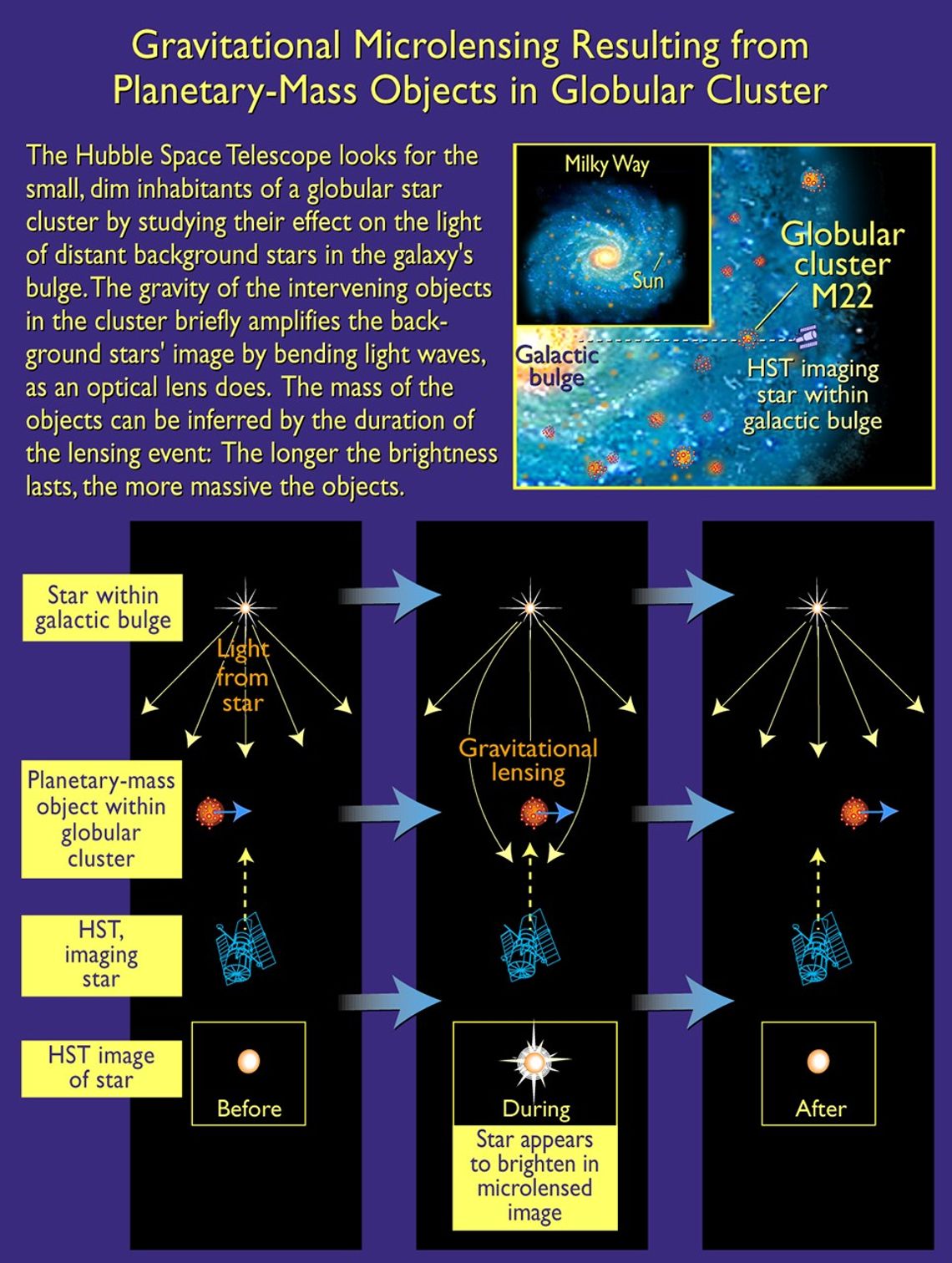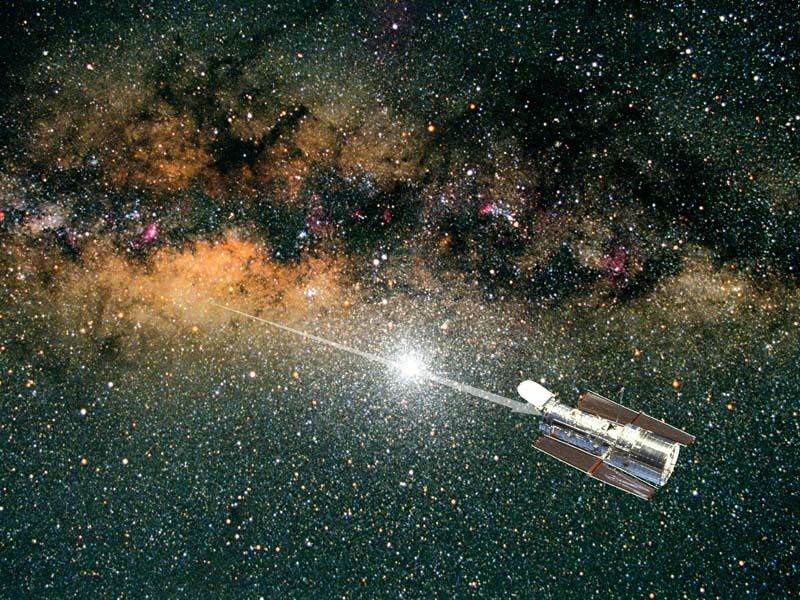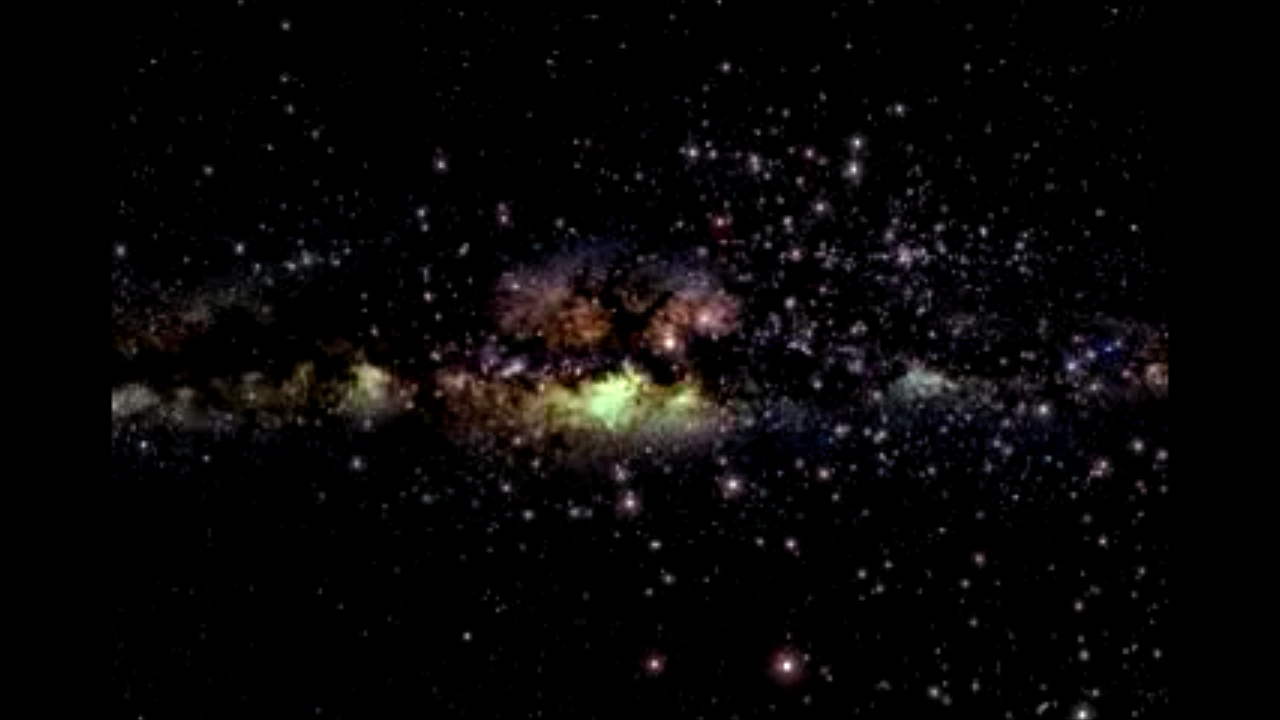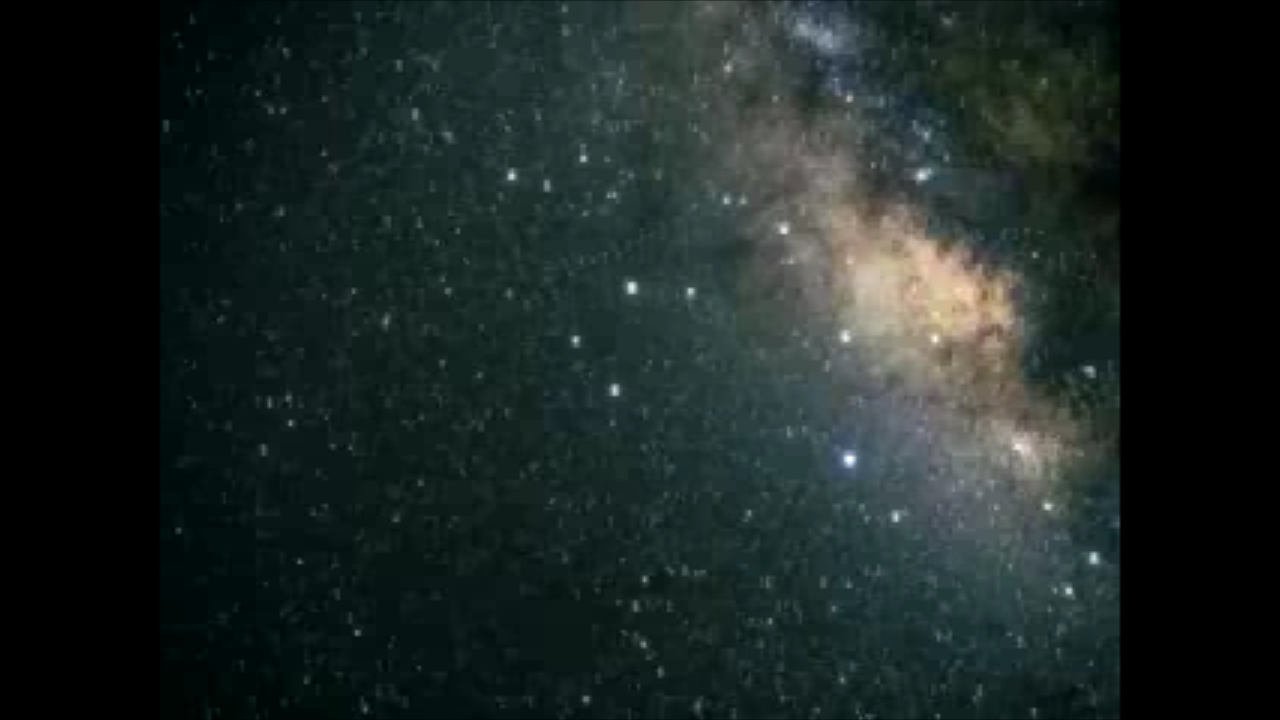Piercing the heart of a globular star cluster with its needle-sharp vision, NASA's Hubble Space Telescope has uncovered tantalizing clues to what could potentially be a strange and unexpected population of wandering, planet-sized objects.
In results published this week in NATURE, the international science journal, Kailash Sahu (Space Telescope Science Institute, Baltimore, MD) and colleagues report six unusual microlensing events inside the globular cluster M22.
Microlensing occurs when a background star brightens momentarily as a foreground object drifts by. The unusual objects thought to cause these events are far too dim to be seen directly, but instead were detected by the way their gravitational field amplifies light from a distant background star in the huge central bulge of our galaxy. Microlensing has been used before to search for low-mass objects in the disk and halo of our galaxy, but Hubble's sharp vision is essential to probe the interiors of globular clusters further.
From February 22 to June 15, 1999, Sahu and colleagues monitored 83,000 stars, detecting one clear microlensing event caused by a normal dwarf star in the cluster (about one tenth the mass of our Sun). As a result of gravitational lensing, the background star appeared to grow 10 times brighter and then returned to its normal brightness over a period of 18 days.
In addition to the microlensing event caused by the dwarf star, Sahu and his team recorded six even more interesting, unexpectedly brief events where a background star jumped in brightness by as much as a factor of two for less than 20 hours before dropping back to normal brightness. This means that the microlensing object must have been much smaller than a normal star.
These microlensing events were unusually brief, indicating that the mass of the intervening object could be as little as 80 times that of Earth. So what are they? Theoretically they might be planets that were gravitationally torn away from parent stars in the cluster. However, they are estimated to make up as much as 10 percent of the cluster's mass - too numerous to be wandering, "orphaned" planets.
The results are so surprising, the astronomers caution that these preliminary observations must be confirmed by follow-up Hubble observations. If verified, these dark denizens could yield new insights about how stars and planets formed in the early universe.
"Hubble's excellent sharpness allowed us to make this remarkable new type of observation, successfully demonstrating our ability to see very small objects," says Sahu. "This holds tremendous potential for further searches for dark, low-mass objects."
"Since we know that globular clusters like M22 are very old, this result opens new and exciting opportunities for the discovery and study of planet-like objects that formed in the early universe," adds co-investigator Nino Panagia (European Space Agency and Space Telescope Science Institute).
"This initial observation shows that our microlensing method works beautifully," states co-investigator Mario Livio (Space Telescope Science Institute).
As microlensing events are brief, unpredictable and rare, astronomers improve their chances of observing one by looking at many stars at once - much like a person buying several lottery tickets at once. Most microlensing searches have been aimed at the central bulge of our galaxy or out towards the Magellanic Clouds - the densest observable regions of stars in the sky. In general these surveys cover areas of sky larger than the full Moon and look for foreground objects lying somewhere between us and the background population of stars.
Sahu and his team took advantage of Hubble's superb resolution and narrow field of view to aim the telescope directly through the center of a globular star cluster lying between Earth and the galactic bulge. This gave the team a very dense stellar region to probe for drifting low-mass foreground objects and a very rich background field of stars to be lensed. Only Hubble's resolution is sharp enough to actually peer through the crowded center of the cluster and see the far more distant stars in the galactic bulge. As the lensing objects were part of the cluster, the astronomers also had an accurate distance (8,500 light-years) and velocity for these objects.
In a normal lensing event, a background star brightens and dims for a length of time depending on the mass of the lensing body. The short, "spurious" events seen by the team are shorter than the interval between the Hubble observations, leading to an upper estimate for the mass of an object of one quarter Jupiter's mass.
To confirm these extraordinary, but tentative results, Sahu and colleagues next plan to monitor the center of the globular cluster continuously over a seven-day interval. They expect to detect 10 to 25 short-duration microlensing events, which will be well-sampled enough to yield direct measurements of the true masses of the small bodies.
This release is issued jointly by NASA and ESA.
BACKGROUND INFORMATION: GRAVITATIONAL MICROLENSING – LOOKING FOR TWINKLES IN THE DARK
More than 60 years ago, Albert Einstein calculated that the gravity of a celestial body could act as a giant magnifying glass by bending the light of a more distant object behind it.
But he dismissed the idea as a theoretical exercise, saying there was "no hope of observing such a phenomenon directly," since the probability of observing such an effect within our Milky Way Galaxy is generally less than one in a million.
What a difference a few decades make. With the advent of powerful telescopes, scientists in the late 1980's began capitalizing on this phenomenon, known as gravitational microlensing. Astronomers employ the microlensing detection technique to collect clues on things they can't observe directly, using this natural phenomenon to hunt for a whole range of unseen celestial material and objects, from dark matter, to extrasolar planets, to wandering stellar-mass black holes.
Now, for the first time, a telescope has penetrated the jam-packed core of a cluster of 10 million stars to search for microlensing events. Astronomers used the Hubble Space Telescope to search for unseen lightweight bodies – planets or "failed stars" called brown dwarfs – in the core of the globular cluster M22 by looking for their gravitational effects on the light from distant stars behind them. (A brown dwarf is 80 times more massive than Jupiter. It's called a failed star because it doesn't have enough hydrogen in its core to shine as a star.)
Here's how microlensing works: As an unseen body floats across the face of a background star, it acts like a powerful lens by gravitationally bending the starlight and thus creating two separate images of the faraway star. Even Hubble can't resolve these images, because the bending angle is about 100 times smaller than the telescope's angular resolution. But the object's gravity also amplifies the starlight, causing it to brighten as the body passes in front of the star.
In the Hubble telescope observation, most of the background stars reside in our Milky Way's central bulge. Hubble monitored 83,000 stars every three days for nearly four months. The thousands of stars near the cluster's core are so tightly packed together that only Hubble's sharp eyes can resolve them. Monitoring the stars in the central bulge, the orbiting observatory detected six "mystery objects" in the cluster that eclipsed the light from those background stars. In each case, a background star jumped in brightness for less than 20 hours before dropping back to normal brightness. These short eclipses mean that the objects must be much smaller than a normal star, perhaps as small as 80 times Earth's mass. Objects this small have never been detected through microlensing observations.
Astronomers determined that the mystery objects are adrift in the cluster, meaning that they're not orbiting stars. Otherwise, these dark denizens would have been buried in the glow of their parent stars and wouldn't have been found.
Hubble also discovered another microlensing event in which a dwarf star in the cluster transited the face of a background star in 18 days.
Through these microlensing events, astronomers can estimate a mass for an unseen body based on the duration of the eclipse and the amount of brightening of background starlight. For example, a brown dwarf 80 times heftier than Jupiter would transit a background star in about 15 days; a Jupiter-mass object, about 1.5 days.

























